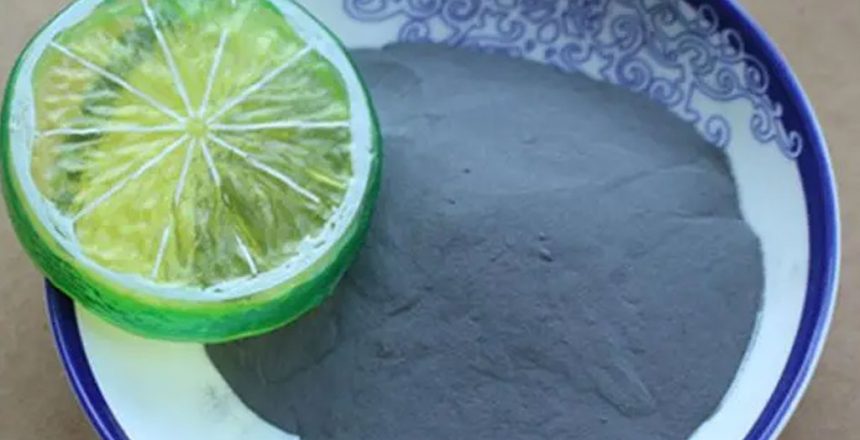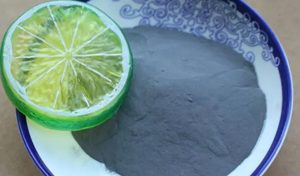Cast iron is made by smelting pig iron blocks. The main difference between pig iron and cast iron is: pig iron refers to an iron-carbon alloy obtained by smelting iron ore in a blast furnace; cast iron is an iron-carbon alloy with a carbon content of more than 2.11%. It is obtained by remelting cast pig iron in a furnace, adding ferroalloys, scrap steel and recycled iron to adjust the composition.
Pig iron and cast iron are different in raw material process, type, category and performance. Details are as follows:
1. Different raw material technology
Pig iron is mainly the product of blast furnace smelting with iron ore. Cast iron is made by secondary processing of cast iron pig iron after remelting in a furnace. Therefore, the raw materials and processes of the two are different. Cast iron is a secondary processed product of pig iron.
2. Different categories.
Generally speaking, cast iron includes gray cast iron, white cast iron, malleable cast iron, nodular cast iron, vermicular graphite cast iron and alloy cast iron. Pig iron generally includes steelmaking pig iron and foundry pig iron.
3. Different performance
Pig iron is hard, wear-resistant, and castable, but brittle and cannot be forged. Cast iron has good forging properties and generally a good cutting type. And has a certain wear resistance.
Pig iron contains more impurities. Hard and brittle. Can be cast but not forged. Cast iron is an iron-carbon alloy with a carbon content of more than 2.1%. It is obtained by remelting foundry pig iron (a part of steelmaking pig iron) in a furnace, adding ferroalloy, scrap steel, and recycled iron to adjust the composition.
Machining Cast iron is different from pig iron. Cast iron has been processed twice, and most of them are processed into cast iron parts. Iron castings have excellent casting properties, can be made into complex parts, and generally have good machinability. In addition, it has good wear resistance and shock absorption, and the price is low.
1. Pig iron: refers to the iron-carbon alloy obtained by smelting iron ore in a blast furnace.
2. Cast iron: an iron-carbon alloy remelted from new iron (that is, iron-carbon alloy), old pig iron (referring to recycled furnace materials, including waste cast iron blocks passing through risers), low-carbon scrap steel and part of the required iron alloy. The carbon content exceeds 2.11%, and the melting point is low, which is convenient for casting. Also known as white cast iron (the fracture is white due to eutectic carburization).
3. Wrought iron: the carbon content is less than 0.008%, and the carbon is dissolved in the ferrite. Low strength, usually used in electromagnet cores.
4. Industrial pure iron: the carbon content is less than 0.0218%, and it is also a Tungsten Machining material.


